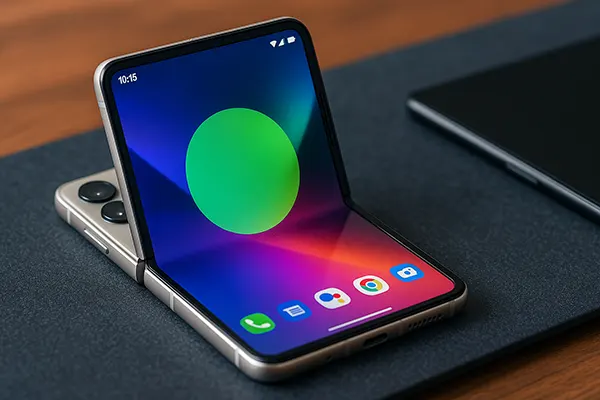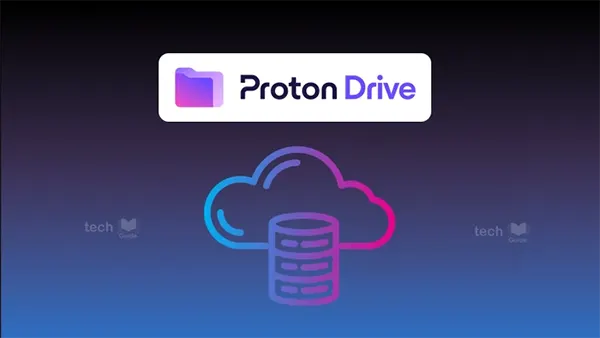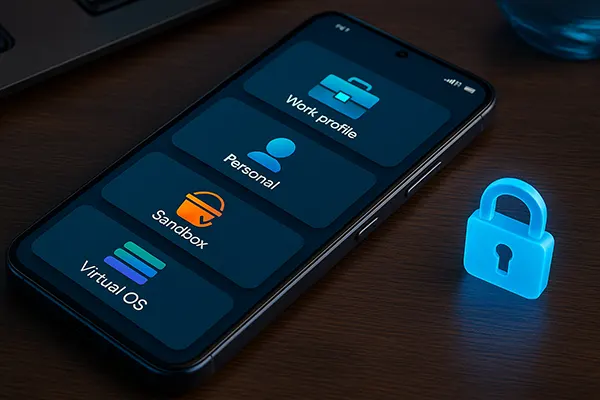How Google Plans to Change Android in 2025: Leaks and New Android 15 Features

The Android ecosystem is on the verge of another major leap forward. With Android 15 expected to roll out officially in late 2025, Google is laying the groundwork for an operating system that will not only enhance device performance but also elevate privacy, personalisation and cross-device synergy. Based on credible insider information and previews from Android 15 Developer Previews released up to February 2025, the next generation of Android is designed to address users’ growing demand for security, performance, and smarter interactions with their devices.
Major Interface Enhancements in Android 15
One of the most noticeable changes expected in Android 15 is a significant visual redesign. The updated Material You design language is being refined to support more dynamic and responsive layouts, particularly for foldables and large-screen devices like tablets. Users can expect an improved multitasking experience with new split-screen gestures, better drag-and-drop features, and enhanced animation responsiveness across system applications.
Google is also set to overhaul the lock screen and notification interface. The lock screen will allow for even deeper widget customisation and biometric authentication improvements, offering not only speed but higher security. Notifications, in turn, will feature intelligent grouping based on categories like social, work, and personal updates, creating a less cluttered and more user-friendly interface.
Font scaling and accessibility are getting more attention as well. Android 15 introduces a new global text scaling engine that dynamically adjusts font size without breaking the layout. This change will especially benefit users with visual impairments, ensuring smoother navigation across apps and menus.
Improvements for Foldables and Tablets
With foldables gaining market share, Android 15 is optimised to natively support dual-panel layouts and context-aware app behaviours. Users with devices like the Pixel Fold or Galaxy Z Fold 6 will notice improved support for side-by-side app execution, simultaneous inputs, and media continuity between screens.
The taskbar on tablets is being redesigned for better efficiency. It will now offer quick access to pinned apps and recently used applications, mimicking desktop-level productivity. Google is clearly targeting hybrid work users who want seamless transitions between mobile and productive tasks.
For developers, Android 15 offers new APIs that allow apps to query device folding states and optimise UI accordingly. This empowers developers to deliver better app experiences that adapt in real time, maximising the hardware’s unique capabilities.
Privacy, Security and Performance Upgrades
Privacy remains a cornerstone of Android’s evolution. Android 15 introduces new restrictions on background location access, ensuring that only actively used apps can request fine location data. Furthermore, Google is expanding the “Private Compute Core” to support more on-device AI tasks, limiting the need to transmit sensitive data externally.
New permission dialogues will provide clearer explanations when apps request access to the camera, microphone, or location. This move aligns with Google’s broader transparency initiative. Additionally, Android 15 introduces sandboxing enhancements to isolate app data further, thereby reducing the risk of unauthorised access in case of breaches.
Performance-wise, Android 15 includes ART (Android Runtime) improvements that promise up to 10% faster app launches and lower memory usage. These refinements come alongside updated kernel-level optimisations aimed at delivering longer battery life, smoother animations, and faster task switching.
Advanced AI Integration and Device Intelligence
Google is doubling down on AI integration. Android 15 will expand the functionality of Google Assistant with “Proactive Suggestions,” a feature that can analyse context in real-time and propose relevant actions, such as replying to messages, adjusting device settings, or launching specific apps.
The system will also use AI to manage notifications by learning user behaviour over time, prioritising urgent alerts and silencing others automatically. This smart filtering aims to reduce cognitive load and increase productivity.
Furthermore, AI-powered image generation will be incorporated into the system for wallpaper customisation, allowing users to create entirely unique visual experiences directly from text prompts, without needing third-party tools.

Cross-Device Synchronisation and Ecosystem Expansion
Android 15 is bridging the gap between multiple devices. With “Device Link” functionality, users will be able to start a task on one Android device and continue it on another — similar to Apple’s Continuity feature. Whether drafting a note, composing a message, or editing a photo, Android will synchronise progress across smartphones, tablets, and Chromebooks.
Google is also enhancing the Nearby Share system. It will now support “Temporary Device Clusters,” allowing users to link multiple devices temporarily for group file sharing or collaborative tasks. This is expected to benefit families and workplaces where device cooperation is crucial.
Smartwatch integration is also being upgraded. Android 15 introduces faster pairing protocols and deeper integration with Wear OS, enabling users to control smart home devices, reply to messages, and receive health alerts more efficiently from their wrist.
New Tools for Developers and Future-Proofing
From the developer’s perspective, Android 15 brings updates to the Android SDK with more efficient debugging tools, including live memory tracking and real-time performance metrics. These tools aim to reduce build times and make app development smoother across varied device classes.
Support for new hardware standards like UWB (Ultra-Wideband) and satellite connectivity is being expanded, ensuring Android devices remain future-ready. Developers can now build experiences that incorporate precise spatial awareness or communicate beyond traditional network coverage.
Lastly, Google is introducing a new modular system update format, which allows for more components of Android to be updated directly through the Play Store. This means critical security and feature updates can be rolled out faster, without needing full system upgrades.




